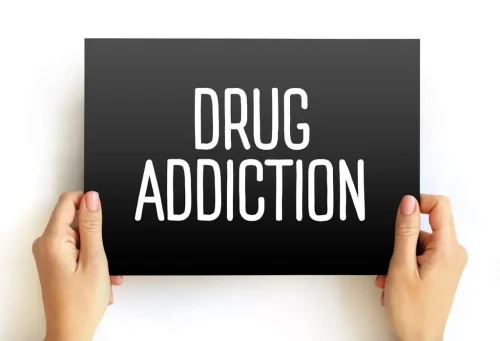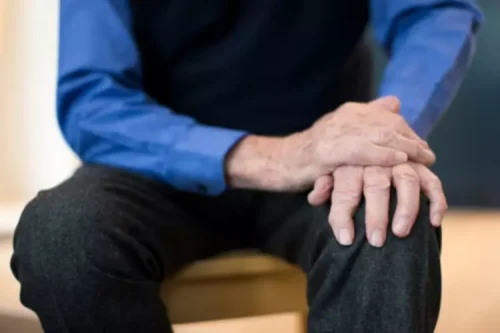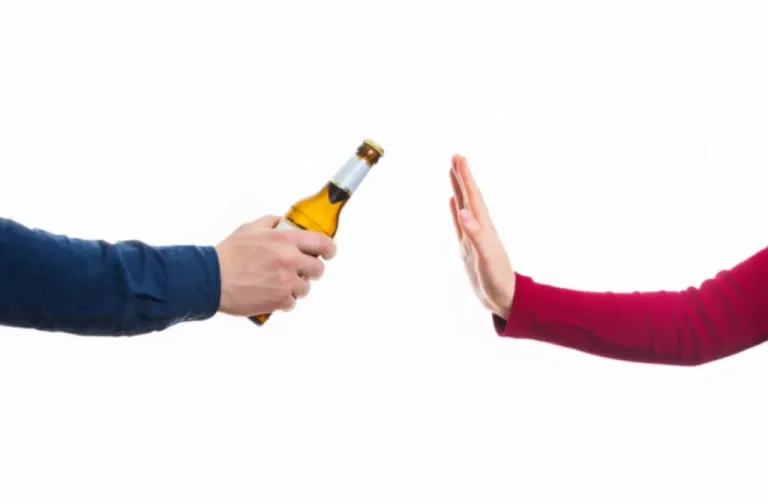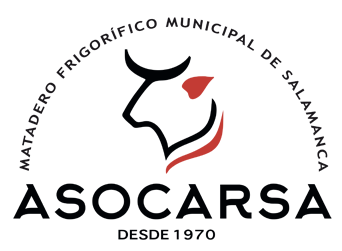
If there are many alternative routes to get around that do not take you past a location that triggers you, you should avoid those locations. It not only reminds you to appreciate the good in others but also helps inspire future positive experiences. Confidential free help from public health agencies to find substance use treatment and information. Drug addiction led to nearly 92,000 fatal overdoses in the U.S. in 2020. We believe it is fair to say that most of them desperately wanted to get sober.
Before Addiction Triggers Become a Craving, Reach out For Help
The first step on the road to overcoming triggers in recovery is identifying them. By recognizing the specific situations, emotions, or people that may lead you towards substance use, you can develop a personalized relapse prevention plan. Understanding your triggers strengthens your ability to take proactive steps when faced with challenging situations and reinforces your commitment to sobriety. A wide array of negative emotions, such as anger, sadness, and anxiety, characterizes the emotional relapse stage of addiction relapse. These feelings can lead to impulse behaviors against the individual’s recovery plan.
Common Types Of Addiction Triggers in Recovery
The recovery journey can be a lonely one because you are addressing issues that other people around you may not need to address. Getting appropriate treatment for these conditions will go a long way toward helping you process negative emotions and feelings of intense anxiety. Read on to learn more about common triggers, where they come from, and healthy ways to deal with them.
Top 10 Common Relapse Triggers

Identifying a relapse trigger, and learning how to deal with it, is an important step in the relapse prevention process. It is still possible to prevent relapse and a return to addictive behavior after cravings have begun, but it is better to prevent the craving in the first place. Engaging in activities that bring you joy is an excellent way to cope with triggers when they arise. Sometimes, it’s necessary https://ecosoberhouse.com/article/why-alcohol-makes-you-feel-hot-and-sweat-after-drinking/ to distance yourself from friends who still engage in substance use to avoid being tempted or triggered by their behaviors. Additionally, setting boundaries with individuals who may enable or have codependent relationships can protect your sobriety and promote a positive support system. An internal trigger is something going on inside our minds or bodies that promotes the urge to relapse.

Walking or driving through places where they used to drink or consume drugs can spark a memory connected to drug or alcohol use. You may have to try several strategies before finding what works best for you. If you’re ready to seek help, you can visit Psych Central’s guide to finding mental health support. While triggers can often tempt those in recovery to use substances, you can overcome them by learning to cope.
We publish material that is researched, cited, edited and reviewed by licensed medical professionals. The information we provide is not intended to be a substitute for professional medical advice, diagnosis or treatment. It should not be used in place of the advice of your physician or other qualified healthcare providers. A relapse prevention plan is an essential tool in sustaining sobriety and avoiding setbacks in the recovery journey.
- For those facing patterns of addiction, it remains essential to reach out.
- Keeping a trigger diary is an effective way for individuals to identify and anticipate triggers in their daily lives.
- A good example of mental health triggers occurs in people with post-traumatic stress disorder.
- Healthier practices need to replace these negative internal processes in order to help people succeed in their path to a substance-free life.
- It is important to practice self-care by engaging in healthy activities such as exercise and meditation to reduce the risk of relapse due to emotional addiction triggers.
- Triggers and temptations are not just stumbling blocks but valuable opportunities for growth and self-awareness on your recovery journey.
Therapy tends to take time, so having patience with yourself and the process can be essential to long-term success. Some people prefer one-on-one therapy to recovery groups or 12-step programs. Others find success with therapy in addition to self-help groups or other means of support. You may want to consider attending a 12-step program and getting a sponsor. A 12-step program can be incredibly effective in maintaining sobriety.


In rats and humans, the hormone corticosterone increases the level of dopamine, a brain chemical that plays a major role in reward-seeking behavior, in the brain in response to stress. Cocaine and several other illicit drugs also boost levels of dopamine. The Marquette researchers stated a stressed internal and external triggers animal previously exposed to cocaine will crave the drug because the dopamine surge from cocaine trumps the release of stress-related dopamine. If you don’t already have a trusted therapist, you may want to meet with several before finding one you feel comfortable with who meets your needs.
- It is important to recognize the signs of emotional relapse early so the necessary steps can be taken to prevent a total return to addiction.
- Triggers provide a perfect example of why staying sober isn’t as simple as it seems.
- After addiction treatment, people who have faced alcohol and drug abuse now have the opportunity to implement a relapse prevention plan to maintain sobriety.
Seeking Help for Addiction at North Georgia Recovery Center
How far along someone is in their recovery, how stable they feel emotionally, and how strongly the trigger affects them should all be considered when deciding how to respond. In addition to the mindfulness practices outlined above, apply what you learned in cognitive behavioral therapy (CBT), which teaches people how to identify and process triggering situations or events. It may seem obvious to point out that drug and alcohol cravings can trigger a relapse, but it is worth discussing so that you can develop a plan for dealing with these triggers.
- However, a more recent meta-analysis concludes the absence of a consensus in relation to the brain response to conditioned drug stimuli (Zilberman et al., 2019).
- The correlation between mental health and addiction has been studied extensively, with addiction treatment facilities now offering dual diagnosis programs.
- The sound of machinery, the scent of a specific flower or the preparation of a specific type of food could be a trigger for you.
- This topic is especially important to recovery, as trauma and mental health struggles can be found at the root of many peoples’ substance use disorder.
- Other triggers are more overt, like seeing a specific landmark or recalling a traumatic event.



